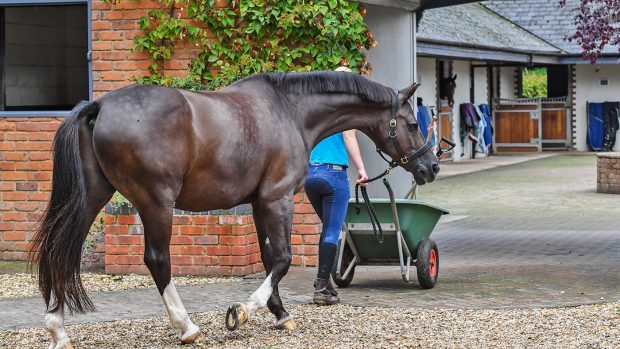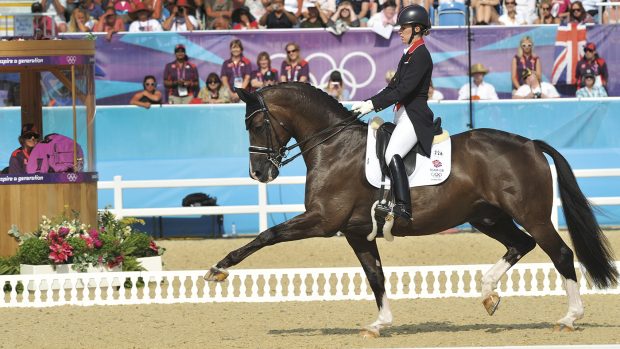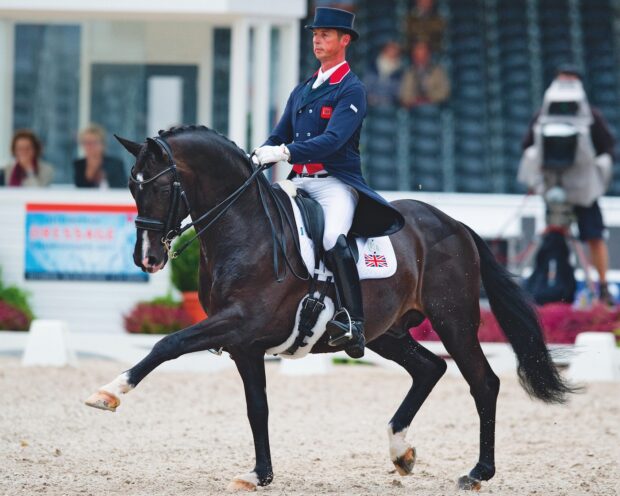A method to teach horses to cope in a human environment will be demonstrated later this month.
The TRT method has been worked on by Tristan Tucker and Conny Loonstra and will be presented at The Dressage Convention organised by Richard Davison and Carl Hester at Bury Farm (17-18 October).
“I believe it’s really important that more dressage riders learn that they can teach their horse to feel confident and relaxed even if their horse is really sensitive,” Conny told H&H.
“However, a lot of riders think that certain behaviour — general spookiness, fear of clipping, problems with trailer loading, tension at competition — is part of who their horse is just because he has been like that for a long time.”
| Popular articles |
With the TRT method, Tristan focuses on preparing a horse mentally.
“Our modern day sport horses have a higher level of natural sensitivity that brings a challenge to the rider,” he said.
“No matter how good the technical level of the rider or the physical control over the horse, there are situations and environments where a horse’s fear overrides it. It is therefore essential that we teach a horse to deal with pressure and that we do that before we get on.”
He added that normally a horse is born with suspicion to every object or pressure in a human environment.
“With the TRT method, I first start with teaching a horse how to physically relax himself by teaching him how to bend his body and where he should put his feet,” he added.
“The second step is that I bring in pressure in the form of touch, movement and sound (flags, umbrellas etc.) and that I teach a horse to control himself physically under these circumstances.
“When a horse is physically relaxed, he can become mentally relaxed. In the third step I make the transition to training the horse under the saddle. I ask him the same questions as I did in step one and two, but now from a different position.”
According to Tristan, starting a young a horse is the most important part of their life and their career. When they have a bad experience in that stage of their training, it can remain with them.
“No matter what age or level of experience, a horse can always change,” he said. “A horse is only reacting with what he knows. If a horse shows undesired behaviour, he only reacts in that way, because he hasn’t learnt that there’s another and better way to respond.
“When you teach your horse a new, relaxed response that doesn’t include fear, you will quickly see a change in his behavior where doesn’t have to rely on his natural instinct of survival. If we want to train horses with a higher natural instinct of survival, we need to recognise that we have to give the horses more knowledge on how to respond.”
Richard, who co-hosts The Dressage Convention together with Carl, said: “We can’t wait to watch Tristan’s method in action this weekend and we’re very happy that he has chosen The Dressage Convention to showcase his work. Tristan is a fun and dynamic presenter and this is exactly the kind of wider training that we want to scrutinise.”




